A Startup’s Guide Finding Low-MOQ Sunglass Manufacturers in China
Selecting the right sunglass manufacturer requires a balance of financial discipline and quality standards. Low minimum order quantities (MOQs) are the foundation of this balance. For emerging brands, manufacturers that accommodate 300-600 piece initial orders provide the runway to validate product-market fit. This approach transforms manufacturing from a financial gamble into a strategic market-testing tool.
The Strategic Case for Low MOQs
Low MOQs are the cornerstone of an intelligent startup strategy. The assertion is that smaller production runs are sophisticated market research tools. The rationale is they generate actionable data on consumer preferences and pricing sensitivity with minimal capital exposure. The benefit is you can iterate on your brand and product with agility, turning your manufacturer into a growth partner.
Mitigating Financial Exposure
Critical Warning: Standard MOQs of 1,200-3,000 pieces can lock up 60-80% of your early-stage capital, creating a concentration risk that destroys operational flexibility.
Lower MOQs protect your capital from inventory write-offs if initial designs fail. For an acetate frame with a landed cost of $20, reducing the MOQ from 1,200 to 300 units saves $18,000 in initial outlay. This preserved capital can be allocated to marketing, new SKU development, or unforeseen operational costs, providing the cushion needed for aggressive innovation.
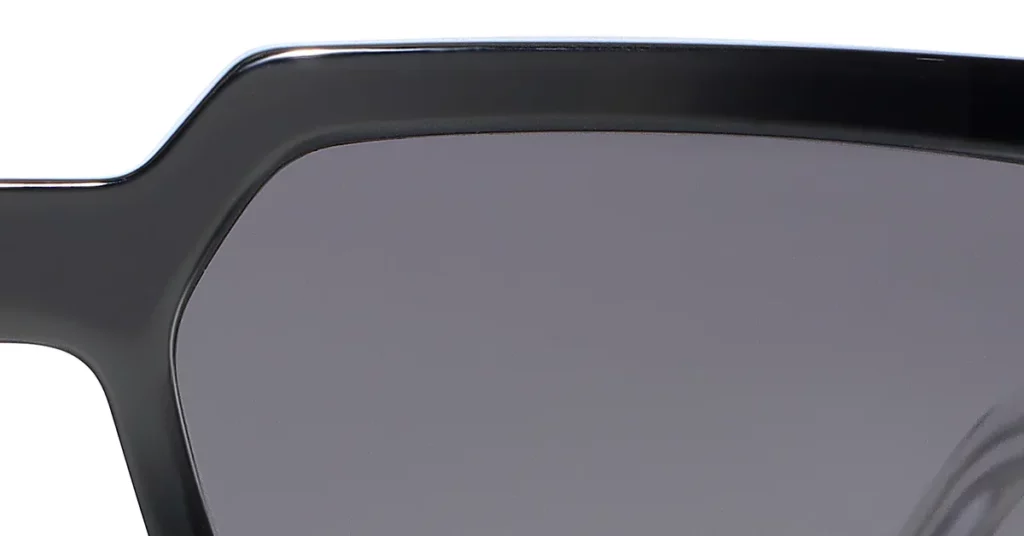
Achieving Product-Market Fit Through Iteration
A low MOQ transforms manufacturing into an agile testing platform. You must use initial production runs to gather market feedback on everything from color to sizing before committing to larger volumes. This iterative cycle is vital in the fast-moving sunglasses market, where trends shift based on seasonal and social media influences.
Pro Tips: Structure your initial order to include 2-3 colorway variations within your MOQ. This allows for direct A/B testing of market preferences without incurring extra tooling costs, giving you real-world sales data to guide your next production run.
Understanding Manufacturer Economics
High MOQs exist because setup costs, tooling amortization, and line efficiency all improve with volume. A typical acetate frame production run requires 4-6 hours of machine setup. Amortized across 1,200 pieces, this is $0.85 per unit; at 300 pieces, it balloons to $3.40 per unit. Understanding this cost structure allows you to negotiate pricing premiums for smaller volumes intelligently.
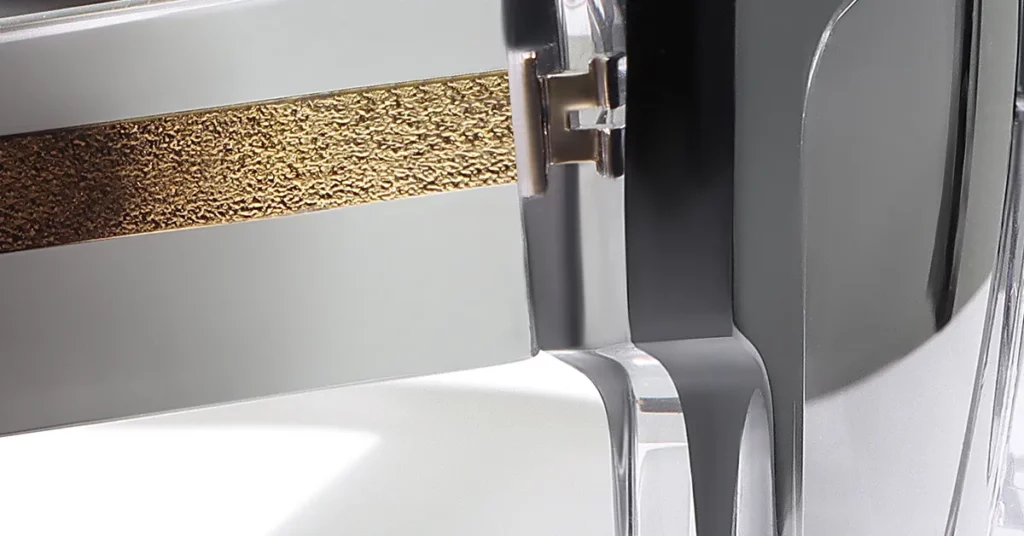
Supplier Models: Factories vs. Trading Companies
The distinction between a direct manufacturer and a trading company fundamentally dictates your control over production, quality, and scalability. Your choice aligns with your brand’s growth plan and operational needs.
| Attribute | True Manufacturer (OEM/ODM) | Trading Company / Wholesaler |
| Production Control | Direct oversight of process & quality | None; acts as an intermediary |
| IP Protection | High; direct relationship | Low; designs pass through multiple parties |
| Customization | High; direct access to engineering | Limited to existing catalogs |
| Cost Structure | Lower; no intermediary markup | Higher; profit is based on markup |
| Communication | Direct technical feedback | Simplified, but lacks depth |
| Typical MOQ | Higher, but negotiable for partners | Often lower to attract small buyers |
Original Equipment Manufacturers (OEMs)
OEMs offer the highest control. They own their tooling and employ skilled craftspeople, making them essential for custom designs.
Key Metric: A genuine eyewear OEM typically has a registered capital of RMB 6,000,000+, which indicates a serious investment in facilities and production machinery.
Original Design Manufacturers (ODMs)
ODMs provide pre-developed frame designs for private labeling. This path reduces your time-to-market and eliminates custom tooling costs, which is ideal for testing the market quickly with proven styles.
The Bottom Line: An ODM partnership can shrink your time-to-market from 12-16 weeks down to 6-8 weeks, letting you focus capital on brand building and marketing.
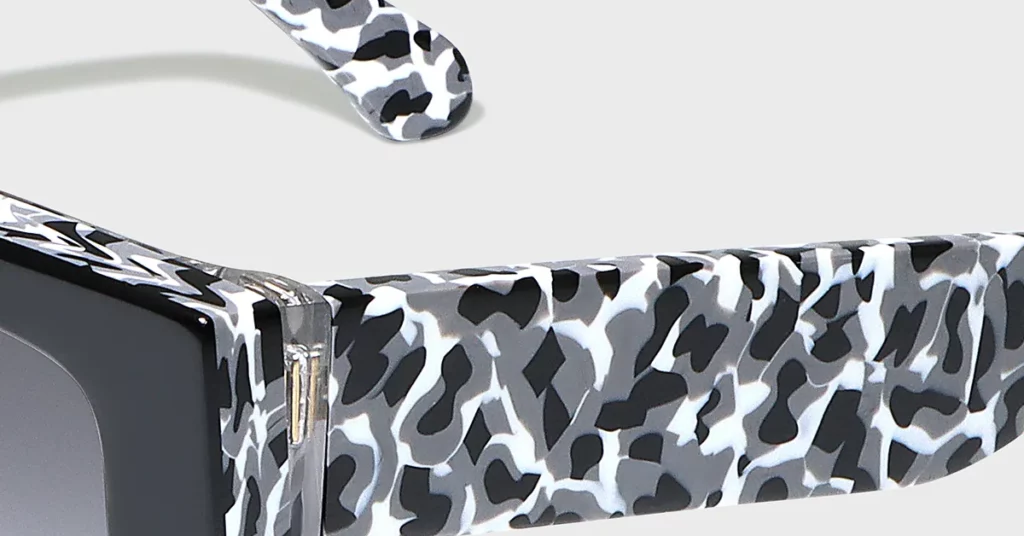
Core Sunglass Materials: A Strategic Breakdown
Your material selection is a strategic decision that defines your production costs, MOQ, market position, and manufacturing complexity.
| Material | Market Position | Typical MOQ | Key Benefit | Financial Outcome |
| Premium Acetate | Premium / Luxury | 300-600 pcs | Handmade quality, color depth | Justifies premium pricing ($80-$200) & high margins |
| Plastics (PC, TR90) | Sports / Mass-Market | 1,200+ pcs | Durability, flexibility, low cost | Competes in price-sensitive segments with scale |
| Metal (Steel, Alloy) | Classic / Premium | 300-500 pcs | Timeless design, lightweight strength | Supports premium positioning with durability |
| Sustainable (Wood) | Niche / Eco-Conscious | 200-400 pcs | Unique aesthetic, green story | Commands premium pricing via sustainability |
Premium Acetate
Italian acetate, especially from Mazzucchelli, is the choice for premium brands. Its production is complex, requiring skilled artisans.
Pro Tips: Mazzucchelli acetate blocks cost 40-60% more than standard acetate. This investment enables premium positioning that supports gross margins of 65-75%, compared to 45-55% for standard plastic frames.
Injection-Molded Plastics (PC, TR90)
Polycarbonate and TR90 are engineered for high-volume, automated production, ideal for sports and entry-level lines.
Definition: TR90 is a high-performance thermoplastic. Its core feature is shape memory, which means it resists deformation while offering superior impact resistance, making it ideal for performance applications.
Metal (Stainless Steel & Alloy)
Metal frames offer timeless aesthetics and precision engineering. Stainless steel and titanium are mainstays for their durability and corrosion resistance.
Key Metric: Titanium frames weigh 40% less than stainless steel. This functional advantage allows them to command a 200-400% price premium, creating a compelling value proposition for performance brands.
Sustainable & Niche Materials
Wood and bamboo cater to the eco-conscious consumer. Production requires specialized woodworking techniques, creating an artisanal narrative.
Critical Warning: Wooden frame production adds 6-8 weeks to your lead time compared to plastic. This is because the raw material requires seasoning and the finishing processes are more complex.
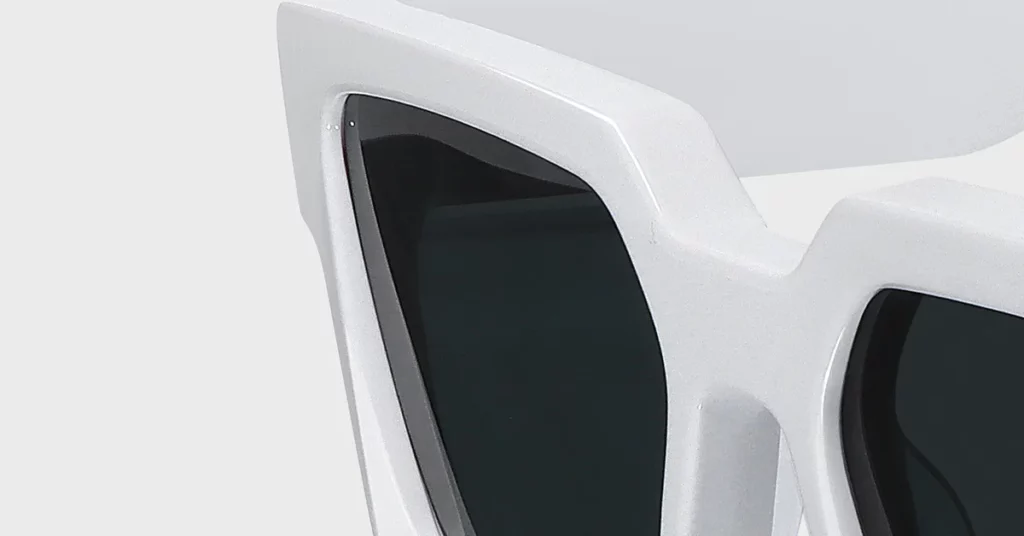
The Sourcing Playbook: Finding Your Partner
Effective sourcing uses a multi-channel approach to build a pipeline of qualified suppliers. You must evaluate options across digital platforms, professional agents, and industry hubs to find the optimal partner.
Mastering Digital Sourcing Channels
- Alibaba & Global Sources: These are primary gateways but require filtering. Best Practice: Focus your search on suppliers with 5+ years of platform history, verified manufacturer status, and transaction records over $500,000 annually. Use specific keywords like “acetate eyewear manufacturer” instead of “sunglasses.”
- Niche Directories: Platforms like Optrafair Online and Vision Monday’s database offer curated lists of verified manufacturers, reducing the noise of open B2B marketplaces.
- Social Proof: Use Reddit communities (e.g., r/entrepreneur) and industry forums for unfiltered reviews. Pro Tips: Search for specific manufacturer names on these platforms to uncover performance reviews and red flags before you make contact.
Targeting Geographic Manufacturing Hubs
- Wenzhou: This city is the global hub, producing roughly 60% of the world’s eyewear. It has a deeply integrated supply chain, making it ideal for cost-effective metal and acetate production with MOQs often starting at 300-600 pieces.
- Shenzhen: This is the center for high-end, luxury-grade manufacturing. The Bottom Line: Shenzhen manufacturing typically costs 15-25% more than in Wenzhou, but it delivers quality appropriate for $150+ retail price points. MOQs can be as low as 200-400 pieces for high-value products.
- Taizhou and Yiwu: These cities specialize in mass-market, high-volume plastic sunglass production. They are built for speed and cost-efficiency, with MOQs typically starting at 1,200 pieces.
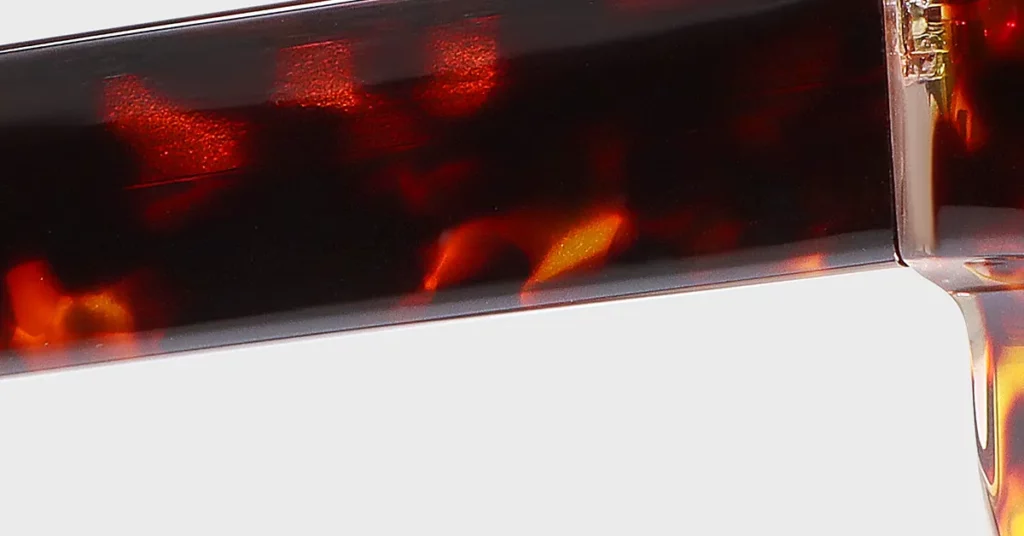
The Vetting Gauntlet: A Due Diligence Framework
Systematic evaluation is mandatory to separate real contenders from pretenders. This framework moves from high-level screening to in-depth technical assessment.
Initial Screening: Critical Business Credentials
- Verify Business Licenses: Demand a current business license. Its scope must explicitly list eyewear manufacturing. Use China’s National Enterprise Credit Information Publicity System for official verification.
- Assess Export Markets: A manufacturer’s primary export markets are a proxy for its quality. Key Metric: Suppliers with 40%+ of their export sales going to developed markets (North America, EU) typically maintain superior quality systems.
- Analyze Registered Capital: This figure indicates a factory’s scale and stability. For Example: A mid-scale eyewear manufacturer needs RMB 15-30 million in capital to maintain consistent quality and operations. Look for figures over RMB 5,000,000.
Technical Competence and Communication
Your tech pack is your first test of a supplier’s competence. It must be professional and detailed, with CAD files, Pantone color codes, and specific material callouts. A quality supplier will respond with technical feedback and suggestions for manufacturability, not just a price. Poor communication during this phase is a major red flag.
The Sample Phase: The Ultimate Litmus Test
The sample is your definitive test of a factory’s capabilities. A strategic sample order should test multiple materials, hinges, lenses, and finishes.
The Bottom Line: A sample cost of $150-$300 is a trivial investment compared to a failed production run. It provides essential, real-world verification of quality. During inspection, you must have a meticulous checklist covering fit, assembly, durability, and polishing.
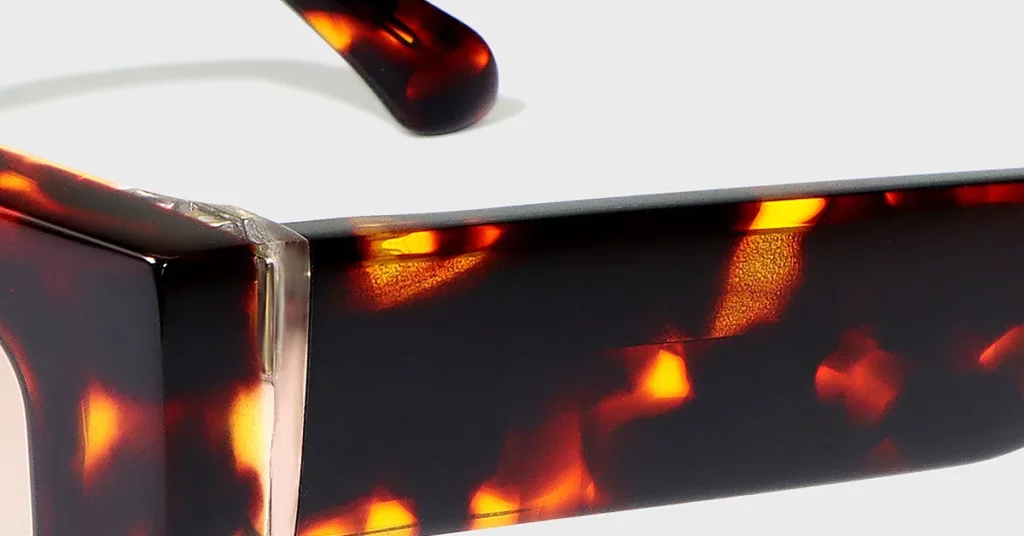
Structuring Your Manufacturing Partnership
A successful partnership is built on a comprehensive agreement that defines quality, payments, timelines, and intellectual property (IP).
Negotiating the Manufacturing Agreement
- Payment Terms: A standard structure is a 30-50% deposit with the balance due before shipment (after a passed quality inspection). This gives the supplier capital while you retain leverage.
- Lead Times & Incoterms: Define a clear production schedule with milestones. Specify shipping Incoterms—FOB (Free on Board) is common, where the supplier is responsible for getting the goods to the port.
- Intellectual Property: Your contract must state that you own all molds and tooling for custom designs. Critical Warning: Without clear tooling ownership, a manufacturer can hold your designs hostage, preventing you from moving production to another supplier.
- Private Label Requirements: Specify all branding details, including logo application methods (e.g., printing, engraving), placement tolerances (e.g., ±1mm), and quality standards.
Quality Assurance (QA) and Control (QC)
A robust QA/QC strategy is non-negotiable. It must include auditing the manufacturer’s internal QC process and using independent inspectors.
- Third-Party Inspection: Use a third-party service for a pre-shipment audit. This provides objective verification before final payment. The service typically costs $300-$800 per order but is invaluable for risk mitigation.
- Acceptable Quality Limits (AQL): Define AQL standards in your contract. Definition: AQL 2.5 means production batches with 2.5% or fewer defects are contractually acceptable. This creates an objective, statistical basis for accepting or rejecting a production run.
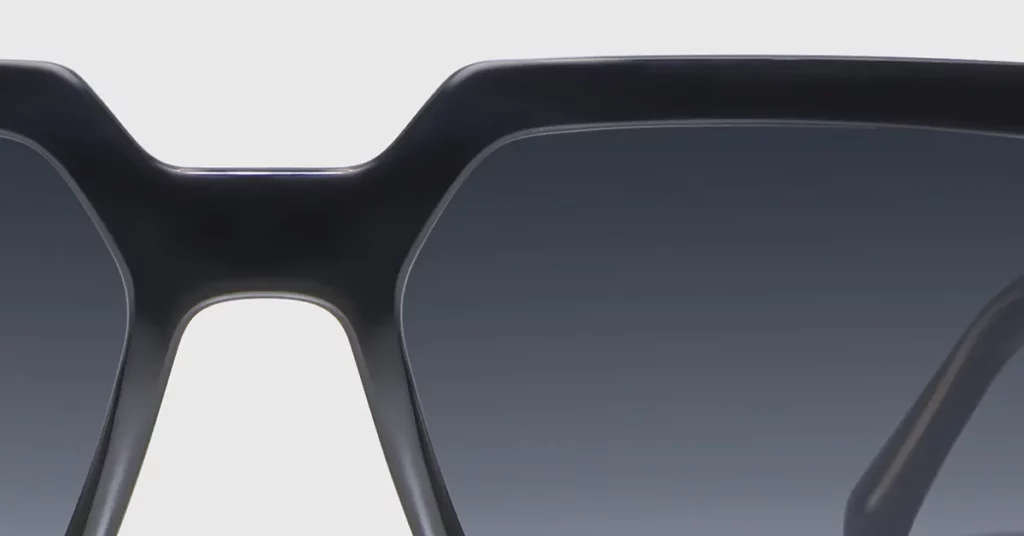
Global Compliance and Brand Protection
You must navigate international safety standards and protect your IP to build a sustainable global brand.
Mandatory International Safety Standards
| Region | Key Requirement | Details |
| USA | FDA Registration | Sunglasses are Class 1 medical devices. You must register your facility and product with the FDA before importation. |
| USA | Drop Ball Test | Mandated by 21 CFR 801.410, this test verifies the impact resistance of your lenses. |
| EU | CE Marking | This mark indicates conformity with EU health, safety, and environmental standards under EN ISO 12312-1. |
| Global | Substance Regulations | Compliance with REACH (EU) and California Prop 65 (USA) is needed to avoid sales restrictions and fines. |
Protecting Intellectual Property (IP) in China
Non-disclosure agreements (NDAs) offer minimal practical protection in China. Your IP strategy must be proactive, not reactive.
- Trademark Registration: China operates on a “first-to-file” basis. You must register your brand name and logo in China immediately to prevent trademark squatting.
- Design Patents: This is the ultimate legal protection for your unique frame designs. A Chinese design patent can be secured in 6-12 months and prevents direct copying by competitors.
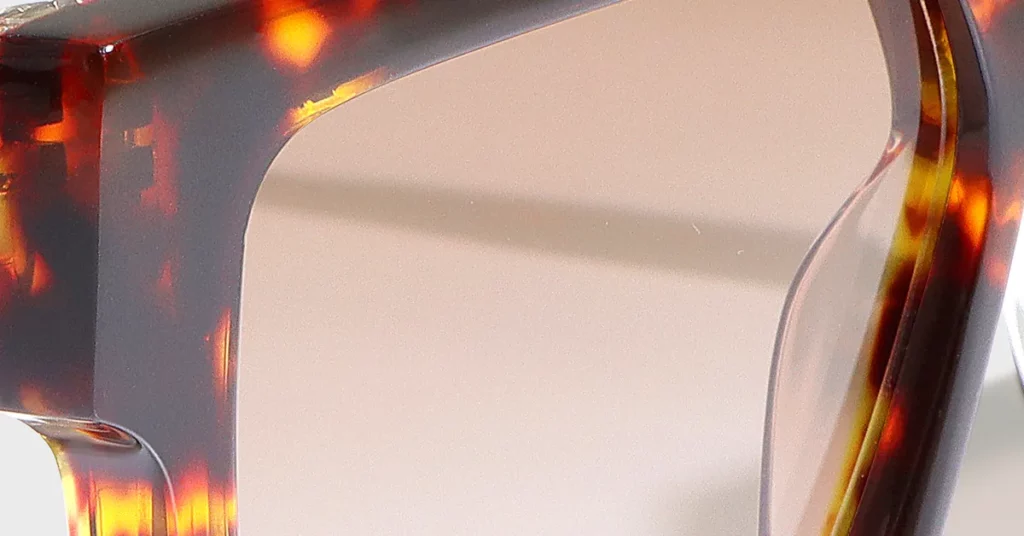
Conclusion
Choosing a low-MOQ sunglass manufacturer is a strategic decision that trades volume for financial agility. Success hinges on rigorous vetting and a focus on partners who demonstrate technical competence and a collaborative spirit. The lowest price is rarely the best value. Prioritize suppliers who see your success as integral to their own, creating an aligned partnership that supports your growth.
Frequently Asked Questions
1. What is a realistic “low MOQ” for custom acetate vs. stock TR90 sunglasses?
A realistic low MOQ for custom handmade acetate is 300-600 pieces due to the craft-intensive labor and tooling setup. For stock TR90 plastic designs, MOQs are around 1,200 pieces because automated injection molding is optimized for volume.
2. How does quality control differ between Wenzhou and Shenzhen factories?
Wenzhou factories typically use standardized QC for high-volume output, often with ISO 9001 certification. Shenzhen workshops, focused on luxury, often provide more personalized, detailed inspection for complex designs but may have less formal documentation.
3. What are the risks if a manufacturer’s sample is good but communication is bad?
Poor communication signals organizational weakness. This creates risks of misunderstood changes, unaddressed quality failures during production, and shipment delays, as problems that need fast resolution will be ignored.
4. What are the most common hidden fees to budget for? Budget for custom mold fees ($500-$2,000), international sample shipping ($35-$75), packaging setup charges ($200-$500), compliance lab testing ($800-$1,500), and third-party inspection services ($300-$800 per order).
5. How do I protect my unique design IP in China beyond an NDA?
Rely on proactive registration, not NDAs. File for a design patent in China to protect the frame’s unique appearance and register your trademark under China’s “first-to-file” system before a squatter does.